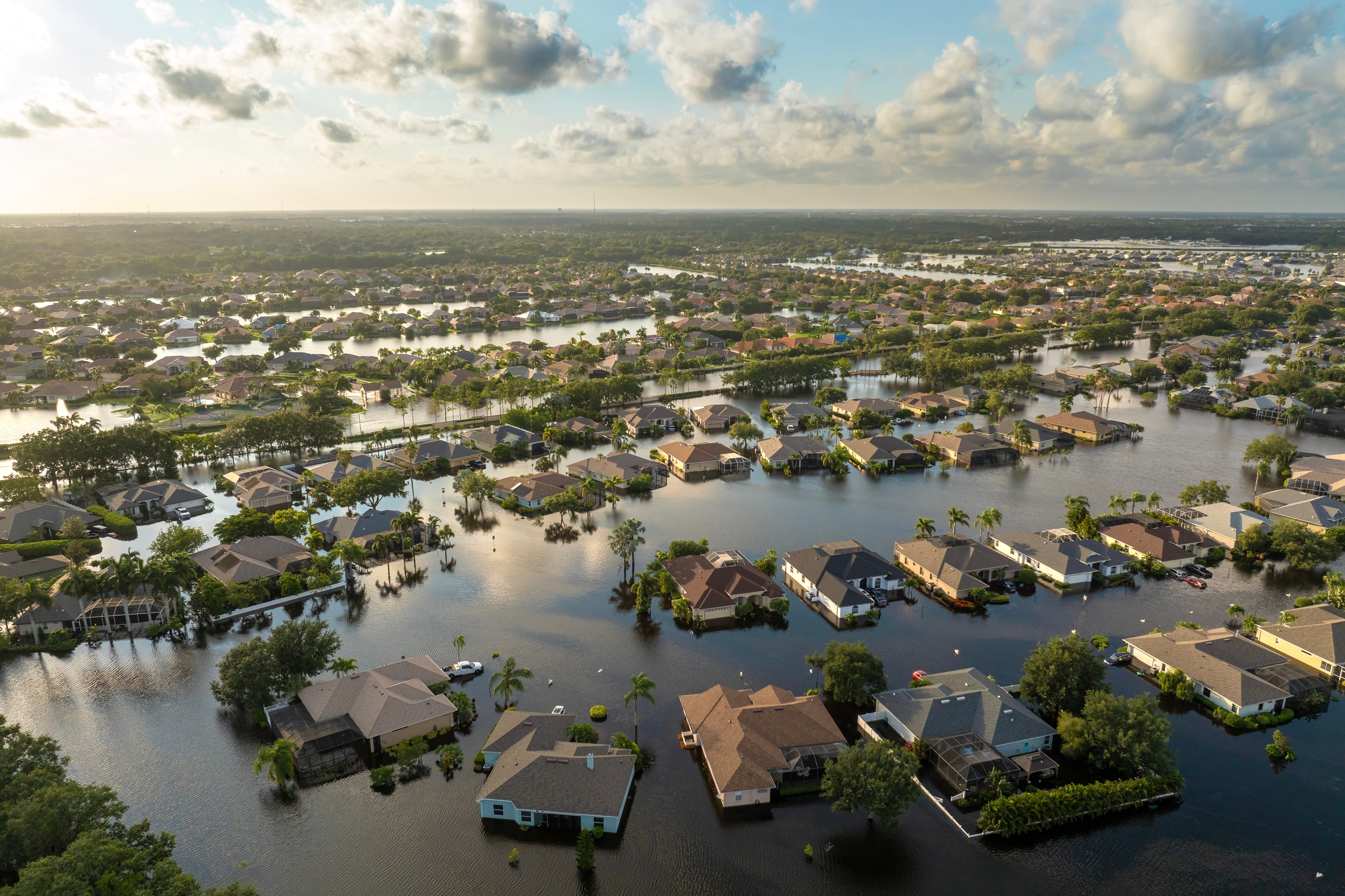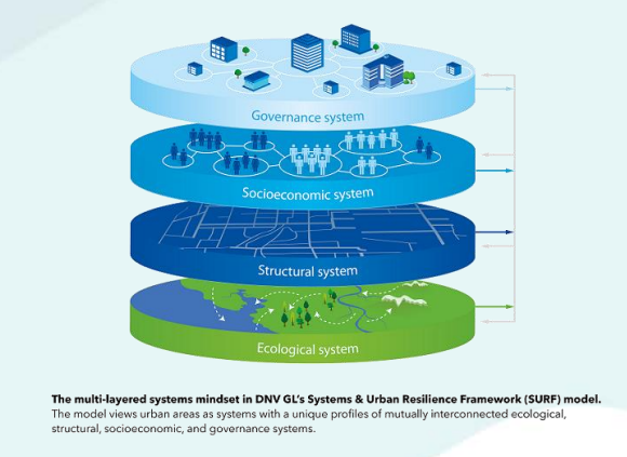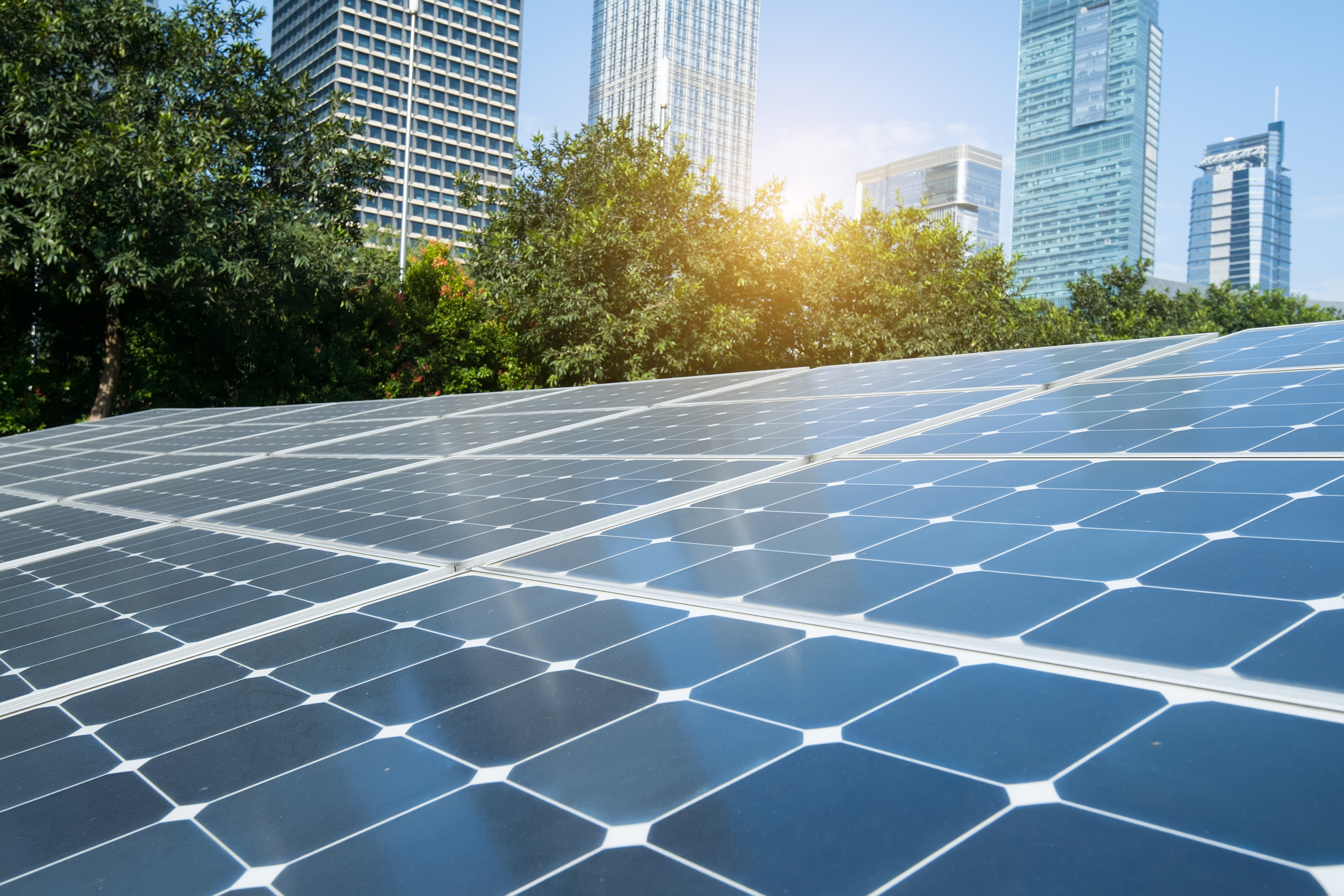Climate resilience, adaptation and mitigation
As cities continue to face climate change-related challenges, understanding how we can make them more resilient becomes crucial. In this module, you will learn about the various strategies cities can implement to adapt to these changes and ensure a sustainable and safe environment for everyone.

Why Urban Climate Resilience is Important?
Climate change poses significant threats to urban environments, making resilience efforts crucial for the well-being of cities and their populations. Let’s explore some of the key challenges and why immediate action is necessary.
Hover over each flip card to learn more about the specific challenges and needs related to urban climate resilience.
Climate Challenges
Vulnerable Communities
Urgency in Action
The impacts of climate change could be either gradual (like droughts and sea level rising), or sudden (such as wildfires and flooding). Populations, economic assets and ecosystems are at risk, increasingly exposed and vulnerable. Actions are urgently needed to mitigate risks and adapt to a changing climate. Moreover, communities around the world see their everyday life challenged by other threats, such as conflicts and epidemics, which create compound effects and lead to cascading crises.
Cities as Complex Systems
Cities and urban areas are more densely populated and
interconnected than ever before, increasing not only economic
competitiveness but also vulnerabilities.
Cities are complex systems composed of built and natural environments, infrastructure (both physical and social), strong communities, services, economic engines, and governance systems. In 2050, more than 70% of the global population is expected to be living in cities, making local governments and their communities at the frontline of the battle against climate change.
The complexity of the challenges faces by cities demands for integrated approaches and new governance models. Business-as-usual models of reactive and siloed decision-making will not generate the fundamental strength and flexibility essential to thrive in the face of the climate shocks and stresses of the 21st century.

Figure 1: Cities as systems. Source: https://maritime-executive.com/article/report-city-resilience-to-climate-change
Understanding Urban Resilience
Watch this video to understand the power of resilience in urban environments
Now that you understand what urban resilience is, let us look at the qualities that make a system resilient.
reflective
Resilient cities learn from past experiences and adjust their strategies accordingly. After a disaster, reflective cities analyze what went wrong and how they can prevent similar damage in the future.
Flexible
Inclusive
Robust
Redundant
Resourceful
Integrated
These qualities enable the systems to withstand, respond, and adapt more readily to shocks and stresses
These foundational qualities can be integrated into planning processes by local governments to better cope with adverse events and unfavourable conditions. In particular, local governments can make use of these qualities to assess the overall resilience of a city, but also to improve projects and initiatives, making sure these deliver multiple benefits and target multiple stakeholders. Initiatives that prioritize community engagement and social resilience have a strong integrated and resourceful component; instead, projects such as the creation of decentralized water supply networks are primarily flexible and redundant.
The OASIS Schoolyard Initiative
Watch this video to understand more about this initiative.
The OASIS Schoolyard project in Paris aims to revolutionize traditional schoolyards by transforming them into vibrant, green, multifunctional spaces that benefit not only students but also the wider community. Through innovative redesign techniques such as de-paving and nature-based solutions, the project integrates sustainable water management systems, shade structures for extreme heat, and educational elements. This initiative not only mitigates the urban heat island effect and enhances stormwater management but also fosters local biodiversity and social inclusion, creating cooler, greener, and more inclusive environments that support the diverse needs of multiple stakeholders.
Hover over the flip cards to learn about the key features and benefits of the initiative.
Key Features
Benefits
Climate Mitigation and Adaptation
Mitigation and adaptation are two key strategies for addressing climate risks. Mitigation focuses on reducing the emissions that cause climate change, while adaptation involves adjusting to the changes that are already happening.
- Mitigation strategies include switching to renewable energy, improving energy efficiency, and reducing greenhouse gas emissions.
- Adaptation strategies include building flood defenses, planting trees to provide shade, and creating cooling centers to help residents during heatwaves.
Both approaches are essential for building urban resilience to climate change.

Resilience to climate change is defined as the capacity to prepare, respond, and recover from the impacts of adverse events and climate hazards, minimizing damage to societies, economies, and the environment. Thus, both mitigation and adaptation are fundamental components of climate resilience. Successful resilient systems reduce exposure to hazards through mitigation while increasing the capacity to cope with these hazards through adaptation.
However, achieving climate resilience requires a holistic, multi-dimensional approach. The concept also encompasses climate justice, recognizing that climate changes disproportionately affect communities and ecosystems. Vulnerable groups, such as the elderly, young, and those living in poverty, face greater risks. To effectively implement climate mitigation and adaptation measures and support climate-resilient developments, it is crucial to understand the potential consequences of climate change and make informed decisions to manage climate risks. Quantifying climate risks enables cities and local authorities to identify, prioritize, and implement appropriate actions, facilitating climate-informed decision-making across various sectors.
Summary
Reflection
- How is urban resilience defined?
- What are the key qualities of a resilient system?
- Why are mitigation and adaptation fundamental for achieving climate resilience?




